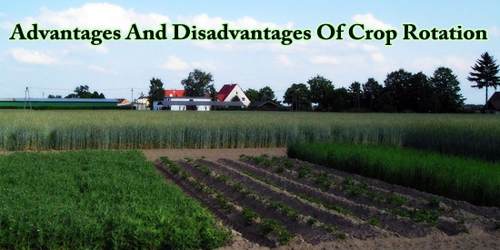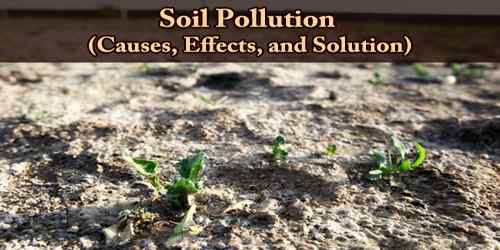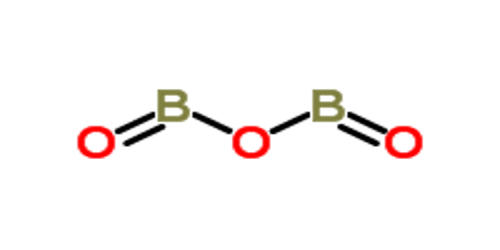Crop Rotation is defined as the intentional planting of different types of crops in different parts of the field and at different seasons in a sequential manner. It also entails not choosing to plant anything at all in a given season and allow the land to rejuvenate while bare until the next season. In crop rotation, one can also incorporate livestock in the practice when the land is left bare for a season of grazing.
A basic principle of crop rotation is not to grow the same thing in the same place two years running. In fact, the larger the gap between a crop occupying the same piece of ground the better. Some pests may be present at high levels initially but a gap of three or four years will see their numbers fall to acceptable levels without a host to sustain them. There are many different systems for rotating crops, some fairly crude and some quite complex, designed to ensure that the following crops utilize nutrients left by previous crops.
Agriculturalists have long recognized that suitable rotations such as planting spring crops for livestock in place of grains for human consumption make it possible to restore or to maintain a productive soil. Ancient Middle Eastern farmers practiced crop rotation in 6000 BC without understanding the chemistry, alternately planting legumes and cereals. In the Bible, chapter 25 of the Book of Leviticus instructs the Israelites to observe a “Sabbath of the Land”. Every seventh year they would not till, prune or even control insects.
Throughout human history, wherever food crops have been produced, some kind of rotation cropping appears to have been practiced. One system in central Africa employs a 36-year rotation; a single crop of finger millet is produced after a 35-year growth of woody shrubs and trees has been cut and burned. In the major food-producing regions of the world, various rotations of much shorter length are widely used. Some of them are designed for the highest immediate returns, without much regard for the continuing usefulness of the basic resources. Others are planned for high continuing returns with protected resources. The underlying principles for planning effective cropping systems began to emerge in the middle years of the 19th century.
George Washington Carver (1860s–1943) studied crop-rotation methods in the United States, teaching southern farmers to rotate soil-depleting crops like cotton with soil-enriching crops like peanuts and peas.
In the Green Revolution of the mid-20th century, the traditional practice of crop rotation gave way in some parts of the world to the practice of supplementing the chemical inputs to the soil through topdressing with fertilizers, adding (for example) ammonium nitrate or urea and restoring soil pH with lime. Such practices aimed to increase yields, to prepare the soil for specialist crops, and to reduce waste and inefficiency by simplifying planting, harvesting, and irrigation.
Advantages of Crop Rotation –
There are many advantages of crop rotation in Agri farming viz., given below.
- According to Agriculturists and Agronomists, there are many benefits of crop rotation. It helps in increasing the soil fertility along with crop productivity.
- There is some scientific evidence that proves a 10 to 25% increase in yield of the crop in crop rotation rather than going for monoculture.
- The cost of production of the following crop decreases to an extent which mostly depends on the crop we select.
- Crop rotation helps in increasing the nutrient uptake of the plants from the soil as different crops require different nutrients in different quantities.
- The farmer can also see a decrease in the incidence of insect pests and pathogens when they go for crop rotation.
- In addition, crop rotation also improves the soil structure as well as soil texture.
- Following crop rotation also helps in the weed-free cultivation of crops.
- It prevents the accumulation of toxic chemicals or substances secreted by some crop plants.
- Aids in improving the organic content in the soil.
- Regulates the nutrient uptake of the crop plants.
Disadvantages of Crop Rotation –
It involves risk: In crop rotation, investing in a season involves the input of much money to buy different seedlings of the different types of crops to be planted. The success, however, for each crop type is not guaranteed and one can end up incurring a loss of harvest.
Pests and diseases from other crops can spread and infect more crops. There is also the risk of a certain crop yield not being successful and that was the only crop type grown meaning there will be no yields for that planting season and the farmer will have to wait for the next season.
Improper implementation can cause much more harm than good: Improper implementation of this technique causes much more harm than good. If one lacks the technical knowhow of crop rotation, there is no need to experiment because there can be nutrient build-up that will take a longer time to correct. One has to have the skills to know what crops can be planted after the other and in which season for the process to be successful.
Improper implementation, hence, incurs the farmer’s very great losses. Still, information about the different planting techniques are easily available and the farmer should be vigilant as well as ready to practice them as required.
Obligatory crop diversification: For crop rotation to work, one has to plant different crops every time. Nonetheless, it does not allow a farmer to specialize on a single type of crop. The farmer is not able to produce a single crop on a large scale over a long period of time because of the damage it will do to the soil.
The practice of crop rotation is necessary to improve yields. Crop diversification also requires investment in different planting techniques for each unique crop that costs time and money because each crop needs a different type of attention.
Challenges –
While crop rotation requires a great deal of planning, crop choice must respond to a number of fixed conditions (soil type, topography, climate, and irrigation) in addition to conditions that may change dramatically from year to the next (weather, market, labor supply). In this way, it is unwise to plan crops years in advance. Improper implementation of a crop rotation plan may lead to imbalances in the soil nutrient composition or a buildup of pathogens affecting a critical crop. The consequences of faulty rotation may take years to become apparent even to experienced soil scientists and can take just as long to correct.
Many challenges exist within the practices associated with crop rotation. For example, green manure from legumes can lead to an invasion of snails or slugs and the decay from green manure can occasionally suppress the growth of other crops.
In addition to the many beneficial effects on soils and crops, well-planned crop rotations also provide the business aspects of farming with advantages. Labor, power, and equipment can be handled with more efficiency; weather and market risks can be reduced; livestock requirements can be met more easily, and the farm can be a more effective year-round enterprise.
Information Sources:
















